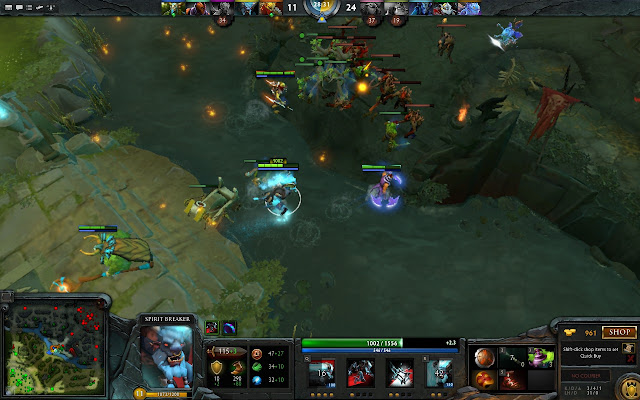Goode, L. (2009). Social news, citizen journalism and democracy. New Media & Society,11(8), 1287-1305. doi:10.1177/1461444809341393 Retrieved from http://nms.sagepub.com/content/11/8/1287
Doctor Look Goode, professor and Film and Television studies at the University of Auckland, brings expertise and years of study to this academic piece on citizen journalism
and social news. Goode in this journal article, broadly analyses the topic of social media and how it affects journalism. From the beginning of the journal article, Goode argues that social media is currently influencing journalism, and therefore society. Goode proposes that social media, and citizen journalists who come from social media, can radically affect the amount of form of content available online. This interactivity with the news means that social media allows for a more democratic process of news delivery. The author relies on other academic articles and key examples from social media adds to the points expressed in the article. The amount of academic sources on the topic of social media, citizen journalism and sociology adds creditability to the author’s opinions. Furthermore, the specific examples from social media sites such as Digg, Newsvine and Guerilla News Network proves that the authors opinions are from realistic events and stories.
Naughton, J. (2012, March 10). After Kony, could a viral video change the world? . The Gaurdian. Retrieved May 23, 2012, from http://www.guardian.co.uk/world/2012/mar/10/kony-viral-video-change-world
John Naughton, the author of the article, is a professor of the public understanding of technology at Open University. Naughton’s area of study brings an experienced perspective to the discussion of Kony 2012’, the most viral video of all time. Naughton begins the article by introducing the video, Kony 2012 and the statistics surrounding the phenomenon. Naughton then moves on to explain the reason for it’s successful presence online. The author explains that Kony 2012 is the result of viral dissemination, which it attained through it’s clear narrative and simple ideologies. Furthermore Naughton addresses that the narrator of Kony 2012 outlines that the audience simply has to share the video on social media sites to help. The author references academic articles and real world examples of other viral online content to good effect. The author recognizes that the role of ‘weak ties’ - links between people who otherwise would be related - as a key factor for the spreading of ‘Kony 2012’, which the author identifies from an article from the American Journal of sociology. Naughton also compares Kony 2012 to other online videos such as Charlie Bit My Finger to conclude that social media is affecting how society receives and contributes to content.
Tilly, T. (2012, March 8). Hack - Kony 2012 [Audio podcast]. Retrieved from http://www.abc.net.au/triplej/hack/stories/s3450155.htm
Tom Tilly, the presenter of Triple J’s Hack explores the Kony 2012 campaign, both the content of the video and the social media surrounding it. Tilly brings on the program Australian citizens to share their opinion on the subject. The host also invites the campaign manager from Get Up Australia to discuss how the video became so viral. The campaign manager, Sam McClain, brings professional experience to the program. Sam explains that because the narrator of the video clearly explained how utilizing social media would directly affect the campaign. However, this source doesn’t have any academic value. The Hack program covers current affairs while allowing the audience to express themselves, so Tilly focuses primarily on the public’s opinion on the Kony 2012 campaign. This also has benefits because he does clearly identify the general public as the most important influence in social media. The host specifically gives insight into the general public who shared the video stated that they felt that raising awareness would at least help in some way. Most of the public who shared their opinion on the show statedFor that reason, this source has value and credibility.
Campbell, C. (Executive producer). (2012, March 8). The Project [Television program]. Melbourne, Vic: Network TEN
This source is a special edition episode of The Project. This was a unique episode broadcasted in order to completely discuss and present the Kony 2012 campaign for The Projects’s audience. During this program, Todd Sampson, CEO of Leo Burnett gives his experienced opinion of the affect social media had on Kony 2012. Sampson highlights that the general public are now able to influence society and political landscapes. Sampson states that people who are online and up to date with social media are now ‘individual broadcasters’ when sharing and producing content online. However, Sampson’s opinion is not academic or referenced, he uses his professional experience and personal research to make his opinions. The Project superfically analyses the Kony 2012 campaign for the benefit of an informing a large audience from different backgrounds. Furthermore, while Sampson does highlight social media in his analysis, he does not refer to Journalism directly. This lessens the relevance of this source to the overall subject of this essay.



